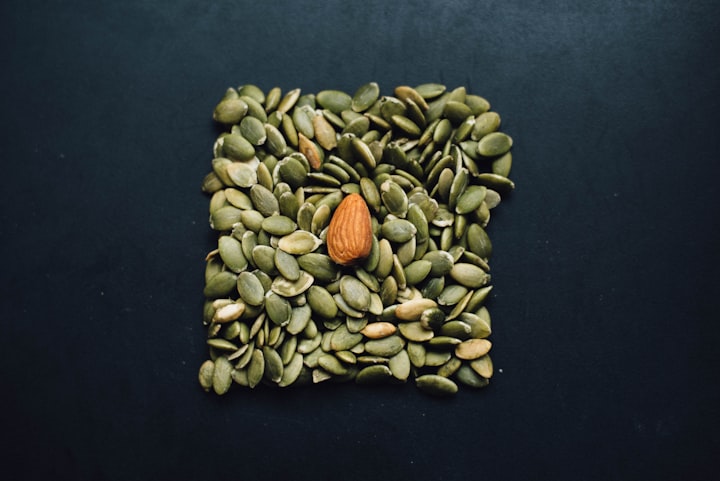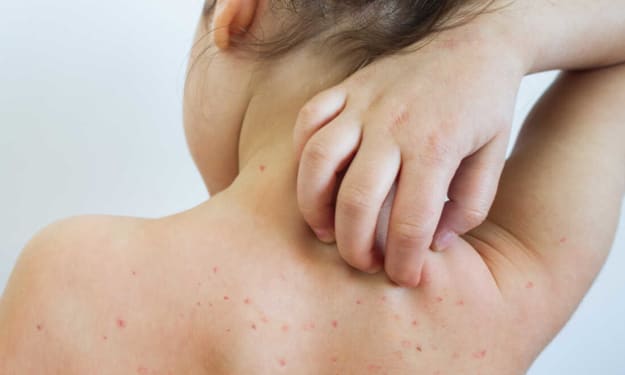Seed Cycling 101
A crash course in this holistic period health practice!

If you’ve never tried seed cycling before, this is the time to try it – and if you’ve never heard of it, you’re in the right place!
Seed cycling is a naturopathic remedy, thought to balance the hormones estrogen and progesterone that are primarily involved in the menstrual cycle. By consuming a set pattern of seeds each month, the nutrients within each seed type provide benefits to each phase. For the purposes of seed cycling, the phases of the menstrual cycle are condensed into two: the follicular and the luteal phase; the menstrual cycle in full has 4 phases. Each seed type is suggested to be consumed in a ground form versus whole, as a way to absorb nutrients more effectively (the human body doesn’t have the enzymes required to break down the outer fibre of seeds)!
As a means of promoting a healthy period, seed cycling is purported to keep hormonal changes balanced without extreme highs or lows – this may have benefits such as reducing acne, breast/chest pain and cramping related to periods. Conditions such as PCOS and endometriosis may also benefit from this as some hormone imbalances can contribute to symptoms.
Individuals struggling with infertility may potentially benefit as well, however it’s more likely that infertility related to hormone imbalances will benefit more than infertility of other causes such as reproductive structural issues.
Menopause can also be managed via seed cycling by easing hot flashes, night sweats, fatigue and mood swings!
So let’s break it down:
During the follicular phase, approximately 2 weeks, 1-2 tablespoons of flax seeds and pumpkin seeds are consumed daily – this phase begins when a period starts. Flax seeds are rich in lignans, or fibre, that can bind to excess estrogen and support the natural detoxification process. While they are considered phytoestrogens, they exert only weak estrogen-like effects and do not drastically increase its production. They are also rich in omega-3s, which can assist in overall inflammation reduction. Pumpkin seeds are high in zinc which support progesterone production, necessary in moving into the next phase of the cycle.
During the luteal phase, another estimated 2 weeks, 1-2 tablespoons of sesame seeds and sunflower seeds are consumed daily – this phase begins at day 14 or after ovulation if a person is able to identify when this occurs! Sesame seeds are rich in zinc as well as lignans, to promote continued progesterone production and prevent excess estrogen. As a fibre source, lignans can also promote healthy blood sugar and healthy cholesterol levels – therefore reduced risk of diabetes and heart disease! Sunflower seeds are high in vitamin E and selenium; vitamin E also boosts progesterone and selenium supports a healthy thyroid as well as natural metabolism of estrogen.
Does it work? Well, the research jury is still out – but in my opinion, nuts and seeds are nutrient-dense foods and provide benefits regardless of hormone changes. It can take approximately three months of consistent use to see the benefits of seed cycling, so planning to invest a longer period of time is important to notice if it works for you. Because hormones take time to change (they are complex systems with many tissues involved!), a short-term diet plan or program definitely won’t give you the results you’re looking for, or at least won’t be results you can maintain for very long.
There’s a lot of content available on the Internet about seed cycling, but it might not all be accurate (and doing research for reliable sources is much more intensive and difficult than typing a question into Google) – check your sources and their credentials! If they refuse to provide them, it’s probably not the person you are going to get high quality information from… talk to an expert!
About the Creator
Emily the Period RD
I help people with periods navigate menstrual health education & wellness with a healthy serving of sass (and not an ounce of nutrition pseudoscience).






Comments
There are no comments for this story
Be the first to respond and start the conversation.